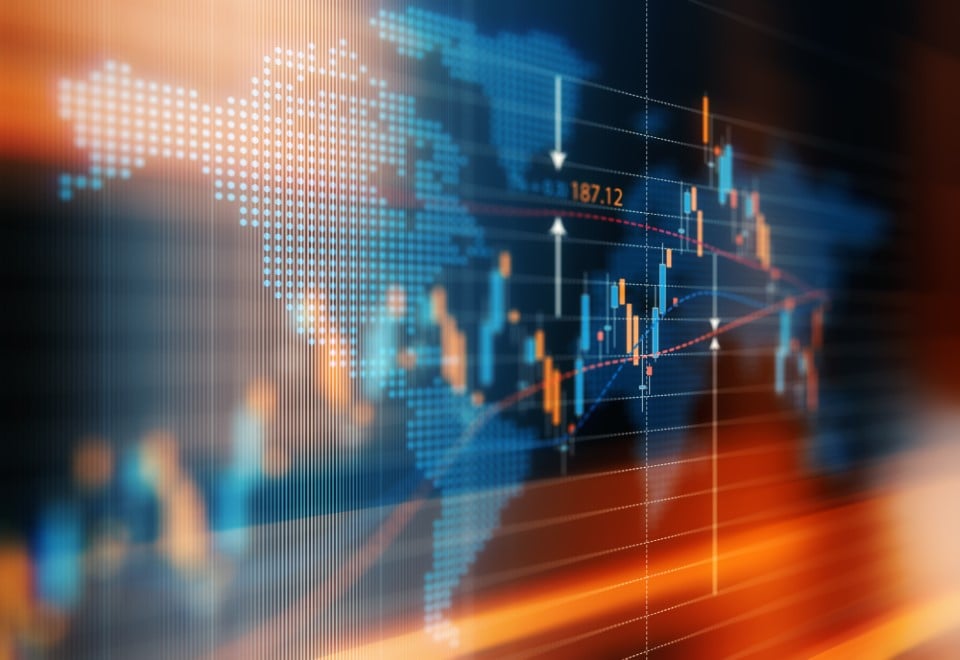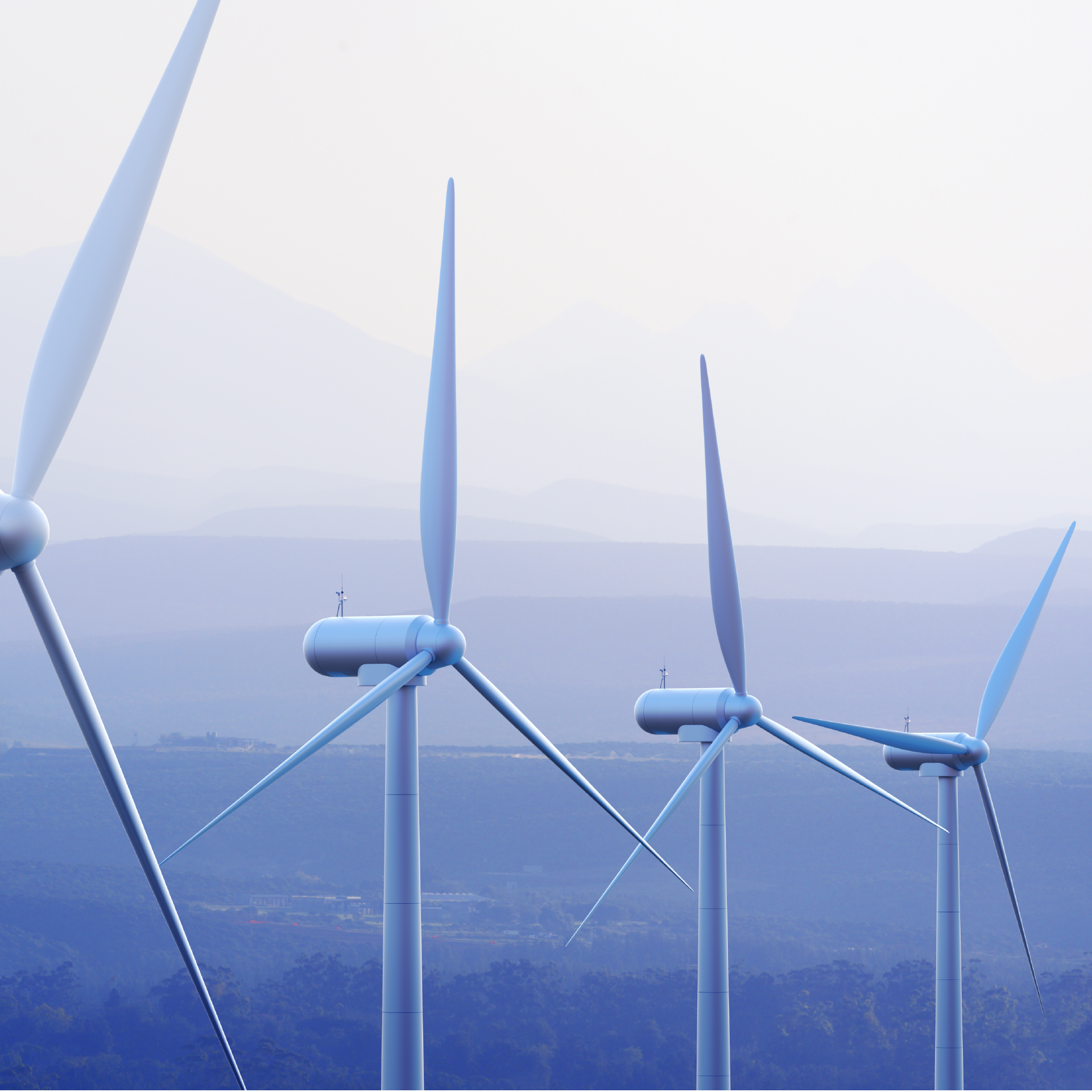Bauxite has long been a cornerstone of the Guinean mining industry and it has seen significant growth in recent years. The current government remains committed to further growth in this sector. Infrastructure remains a key barrier to this goal, but construction has intensified in the last 12 months particularly in relation to the Simandou iron ore project. The construction of the infrastructure related to this project will be one of the largest infrastructure investments ever seen in Africa.
Guinea is now a major raw material producer
Guinea is the world’s second largest bauxite exporter – accounting for over 90% of African bauxite production. The nation also produces and exports iron ore, gold and diamonds. Commercially viable deposits of graphite, manganese, uranium and nickel have been reported but remain largely unexploited.
Government remains keen on mining growth
The mining industry in Guinea has seen significant growth in the last five years, particularly in the bauxite sector. For half of this time the country was led by former President Alpha Condé. The mining industry under his governance saw significant growth but was ultimately limited by alleged corruption and poor infrastructure development.
In September 2021, the Condé government was overthrown in a coup d’etat which ultimately resulted in military leader Mamady Doumbouya being sworn in as interim President the following month. According to our sources, Doumbouya is only expected to remain in power for two to three years, and his mission during this time is to speed up the development of the country’s infrastructure and stamp out the corruption that they allege was allowed to flourish in the mining industry under the previous regime.
The Doumbouya-led government also stresses its aims to provide a stable environment for miners to allow for future growth. It states that, to provide stability, the mining legislation has been maintained since it took control. Nonetheless, the introduction of pricing references has been suggested in recent months.
Who are Guinea’s key trading partners?
Guinea primarily trades raw materials with China – by far its biggest trading partner in terms of volume and value. A key export to China is bauxite which is utilised in the expanding Chinese alumina refining sector. Its next biggest trading partner is neighbouring Ivory Coast from which the country imports small amounts of animal and vegetable produce and clothing. Other key partners include Brazil, Sri Lanka and Singapore in areas including fertilisers, machinery, and plastics.
Simandou is progressing but there is still a way to go
The Simandou iron ore project remains unopened after years of ownership changes and lack of infrastructural development required to deliver the ore to the export market. The project’s resource stands at over 2 billion tonnes which makes it one of the largest untapped iron ore deposits worldwide. The project has been under development for over a decade but in recent years, progress has accelerated aided by a push from the government. If current plans meet their intended deadlines, CRU believes the first volumes of iron ore will come to market in 2026.
CRU estimates an initial capacity of 60 Mt/y for WCS (Simandou North) and Rio Tinto (Simandou South) which will be expanded to 120 Mt/y once the companies have optimised rail operations and a deep-water port has been constructed. Supply of this magnitude would transform Guinea into the third largest iron ore exporter behind Australia and Brazil.
Alumina expansion desire should not be overshadowed
Unlike the recent progress in bauxite mining, progress has been slow for alumina refining capacity growth. However, the Doumbouya-led government recently expressed a focus to develop new alumina refineries. This would enable the country to increase its participation in the aluminium value chain, emanating from its natural resources. Previously, bauxite miners in Guinea had to provide initial plans for potential refinery developments. According to the Ministry of Mines and Geology, these ranged from 1 Mt/y to 6.3 Mt/y projects at an estimated total CAPEX of $1 bn to $4 bn. Government officials were confident that a new refinery could be put into operation in the next two to five years.
In CRU’s view, the many challenges in Guinea that have so far prevented refinery developments, persist and are unlikely to be solved in the near-term. UC Rusal’s ageing Friguia refinery is an exception to this. However, the plant is not currently operating close to full production. Plans for the development of refineries appear to be at an early stage in most cases. Currently, a key hindrance is the accessibility of energy, ideally with a low CO2 footprint. CRU does not expect a greenfield alumina refinery to be built in the country before 2026.
Challenges remain for significant mining expansion
Infrastructure remains a key challenge for development in the bauxite, alumina and iron ore sectors. This is particularly important in the case of Simandou which sits deep inland and at altitude, thus over 600 km of operational railway will need to be built to allow the transport of iron ore to the coast within the country’s borders. Moreover, 15-20% of this railway will pass over bridges and through tunnels.
Overall, in addition to ongoing governance risks, significant investment is required across the board. In the case of Simandou, CRU estimates that $1 bn has been raised for funding the project’s groundwork, with SMB Winning contributing the most. This falls short of the $22 bn estimated for the entire development, but we expect new finance to be achieved as foundational work progresses.
For bauxite and alumina, the challenge is incentivisation. Guinean refineries contend with a longer distance if opting to transport the alumina back to China. Generally, higher CAPEX is associated with these proposed projects that include high construction costs in remote locations, as well as a lack of infrastructure associated with power and water. This requires an expensive investment decision and investors would favour a stable and transparent environment.
Africa encompasses the highest LRMC alumina projects, averaging $452 /t in $2022. These projects require large infrastructure development and as such have the largest capital costs and consequently the largest capital charge of all the regions evaluated. Furthermore, investments in this region are considered the riskiest of the regions evaluated, with a country risk premium attached of 5.25%.
Could Guinea follow in Indonesia’s footsteps?
The route which the Guinean government wish to take going forward remains unclear. The suggestion of a bauxite reference price may offer some indication. This has been described as a response to what Yakouba Kourouma, of the Ministry of Mines and Geology, referred to as exceedingly low bauxite transaction prices resulting in lower-than-expected tax revenues. Legislation for this would require an official statement by miners should the raw material be sold at a level over $1 /t less than the reference price.
It is uncertain whether Guinea could pursue an approach like the one Indonesia has followed in recent years, namely the imposition of export bans, in an attempt to maximise its share of metal production value chains. Such policies aim to encourage investment for the refining of raw materials in-country and reduce the loss of profits from more lucrative parts of the value chain abroad. Guinea, however, does not dominate the range of cross-commodity sectors that Indonesia does globally.
If you’re interested in more analysis on Guinea or CRU’s view on other African mining nations see our recent webinar ‘Africa in the spotlight, the global race for critical minerals intensifies’

















